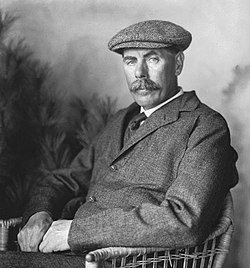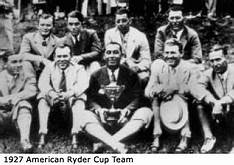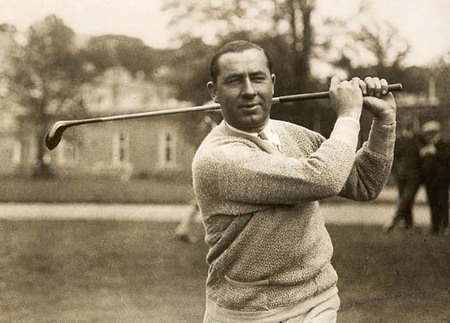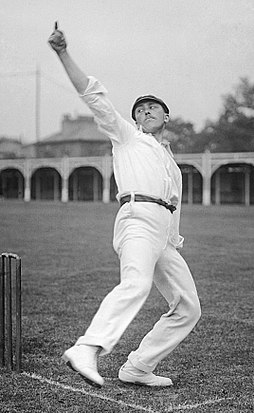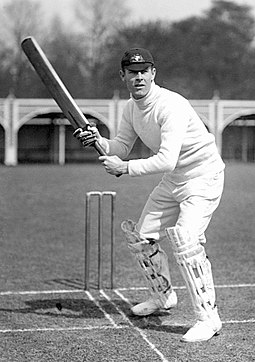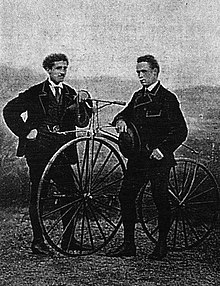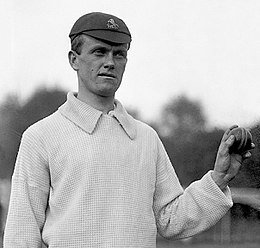On the 7 June, 1929, the English cricketer, J.E.P McMaster, died.
Born in Gilford, County Down in 1861, in what was then a united Ireland, he was educated at Harrow.
JEP did not get into the Harrow school’s first XI at cricket. He then went on to study law at Trinity College, Cambridge, and again played no cricket there, but did win a blue in 1881 at the newly created sport of lawn tennis.

He qualified as a barrister in 1888, following which he embarked on a daring adventure. A private cricket tour of South Africa, organised by a Major R G Warton. The party was made up of a mixed bag of players, including 5 England Test players, 4 county players, and 6 like McMaster who no known cricketing experience at all. One of which was a comedian who was selected to provide humourous entertainment for the party.
The group were genuine pioneers. It suffered the most basic forms of transport and accommodation imaginable, and at times were in danger from bandits and wild animals. At the time political tension between the English settlers and the Boers was building in South Africa, which a decade later would result in war.
Warton’s team played 20 matches in all, 17 of which were against local teams, fielding between 15 and 22 players. JEP played in 13 of these, in which he managed to amass a grand total of 107 runs in 17 innings, at an average of 7.2 per innings. His top score being a ‘carefully compiled’ 34 not out.
In 1889, two of the matches were played against 11 players representative of South Africa, which to the anger of cricket statisticians, were retrospectively given Test Match status.
JEP got his chance to shine in 1889, in the second of these encounters, a consequence of a more experienced player having to withdraw through injury.
With the score at 287 for 7, McMaster took the field batting at number 9. He took guard, but was out first ball, caught at slip. JEP fielded in both of the two innings, took no catches, and was not called upon to bowl his rare leg-breaks.
The ‘golden duck’ was the zenith of J.E.P. McMaster’s Test career. His lone appearance, representing his entire first-class cricketing career. Leaving him with a record which is impossible to beat. One ball faced, no runs made, no wickets taken, and no catches.
Although JEP never played another major match, he was honoured with the retrospective glory of an England cap.
McMaster died of a fever in Umtali a few years later, and was buried in an improvised coffin made of whiskey cartons, which had to be guarded in order to protect it from marauding lions.
7 June, 2019
